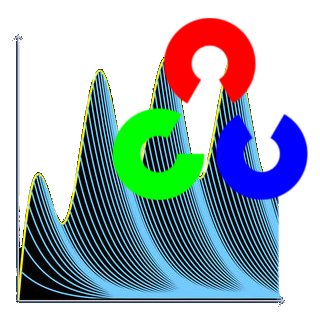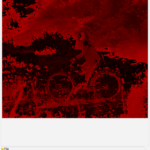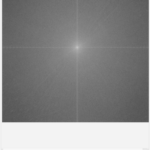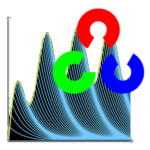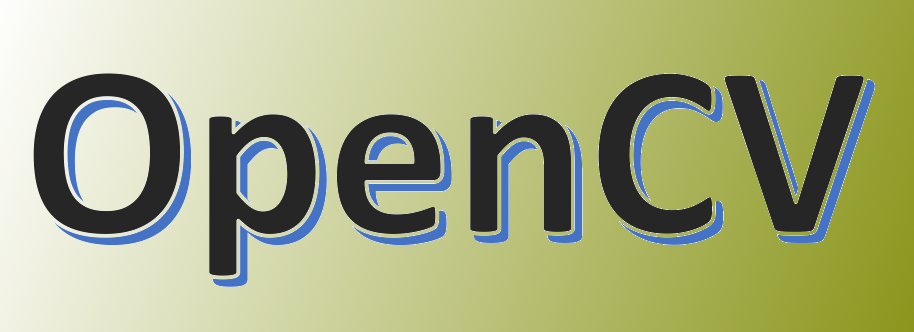I recently updated Image Transformer. New GUI, new functions and lots of fixes and optimizations.
Below are some screenshots that demonstrate its usage.
Here is the description of the recent update as it is seen in Google Play.
This program allows you to perform Fourier transform and color space analysis on images from gallery and taken from camera.
Using this application you can:
* View any image from your images gallery or taken using the camera
* Use basic editing tools to resize or rotate the images
* Use Fourier transformation tab to perform DFT (Discreet Fourier Transform) and perform Inverse DFT on the images
* Apply masks to different parts of the Fourier transformation of the image and perform Inverse DFT to view the changes in the original images
* Perform Canny transform on the images
* Perform Color Space Conversion From/To RGB, HSV, YUV and other major Color Spaces
* Save the result image to your phone’s memory
Notes:
Masking the Fourier transformation can be achieved by drawing rectangles over the transformed image. It is also possible to apply an image that is taken from camera or opened from gallery as a binary threshold mask. Do not forget to perform Inverse Fourier to see the results of masking.
Finally:
This program is intended to be used by image processing and machine vision enthusiasts, researchers and university students who need to experiment with Fourier transformation and Color Space Conversions. It is built totally using open source components such as Qt and OpenCV and parts of the source code can be requested using the “Contact Me” page at my website.
Use the following button to download the most recent version from Google Play.

